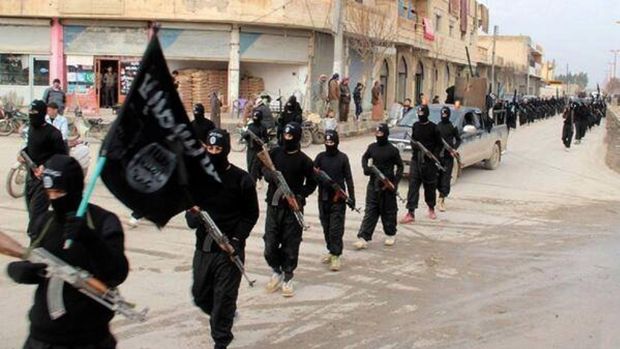Sectarianism, in all its many guises, is never really new. Rather, it is reproduced in different forms depending on political and social conditions. Looking at religious sectarianism in the Gulf region specifically, it is clear that it has certainly differed in appearance and location based on political circumstances in the region.
Some claim that sectarianism in the Gulf is the product of an ideological conflict between competing elements of society. However, this view fails to account for the long periods of peaceful coexistence and harmony between these same elements throughout the region’s history, during which no crisis bore the epithet “sectarian.” During these periods, a framework of shared social interactions gave way to the emergence of powerful civil bonds between all elements of society.
The root of the religious sectarian crisis lies in the continued return to a static Islamic heritage, which has remained without scrutiny, improvement or revision for centuries, and which still provides the raw material which fuels the Sunni–Shi’ite conflict. Of the limited reform initiatives that have been launched, most have failed to reach into popular consciousness or to present any serious solutions. As a result, the “modern” reproduction of this heritage still relies on the same stale concepts, and suffers from a myriad of problems and self-contradictions.
Many modern day observers—including political and cultural elites—trace the emergence of the sectarian crisis in the region to the period following the Islamic Revolution in Iran in 1979, pointing to an escalation in tensions in the Gulf during the same time. However, its real roots are in the intellectual and societal offshoots of centuries past.
The convergence of political change and rising religiosity resulting from the Iranian revolution strained relations in the region as groups began airing sectarian grievances as a way to cope with the changing political landscape. Sectarian tensions soon began to take on political, cultural, social, and media dimensions. These tensions were further aggravated by the outbreak of the Iran–Iraq War which lasted for eight consecutive years and in which the Gulf was both an affected bystander and an active participant.
As a result of the events of the past half century, Arab political systems became hardened and their rigidity further engrained. This left them largely unable to accommodate and integrate various social components. On the one hand, the political crisis enabled some groups to express their identity, demands and aspirations; on the other, policies in most Arab countries did not change and the exclusion and marginalization of these groups continued.
Such was the case with the political transition in Iraq in 2003 after the overthrow of Saddam Hussein’s regime. The establishment of a different political system contributed to the involvement of new political and social forces and, consequently, important regional developments. Indications of a brewing sectarian crisis loomed over the Arab region, and the Gulf in particular. The new regime in Iraq became an ally of Iran, reinforcing its sectarian identity. The reactions by other countries further stoked sectarian tensions, and the use of sectarianism use a tool to weaken the emerging powers and their expansion spread. From then until the beginning of the Arab Spring in 2011, religious sectarianism in its most extreme form was used as a means to incite violence, mobilize fighters, and encourage them to engage in suicide bombings on the basis of faith. Tensions also escalated after war broke out in Lebanon between Hezbollah and Israel in 2006, which is widely believed to have promoted sectarian polarization in the region.
The widespread protest and reform movement in Syria, which began in 2011 alongside the Arab Spring, was quickly hijacked by regional powers —both Arab and non-Arab—and later by international powers as well. It was turned into a pawn in the game for regional influence and reinforced the sectarian trends which have come to characterize the ongoing conflict in Syria.
This brief overview shows how the sectarian issue escalates in times of political crisis in the region and fades in times of relative calmness—supporting the claim that politics plays a dominant role in fueling the sectarian problem and in the use of sectarianism as an instrument in political conflicts. This is primarily due to two factors: first, what exists today of Islamic heritage is open to political manipulation; and second, there are no viable constitutional frameworks or regulations that promote equality and citizenship for all.
The sectarian gridlock in which we now live will continue to intensify unless we undertake genuine efforts to review and revise the traditional Islamic texts and reform the Arab political system in order to accommodate varied social elements and address all forms of discrimination.
The question remains: Is there any way of breaking this tense impasse which is depriving communities in the region of a major source of strength, pride and cohesion? The only hope for that is the cultivation of a national unity that accommodates religious diversity and directly addresses the intractable problems of sectarianism.
The counterpoint to this argument can be read here.
